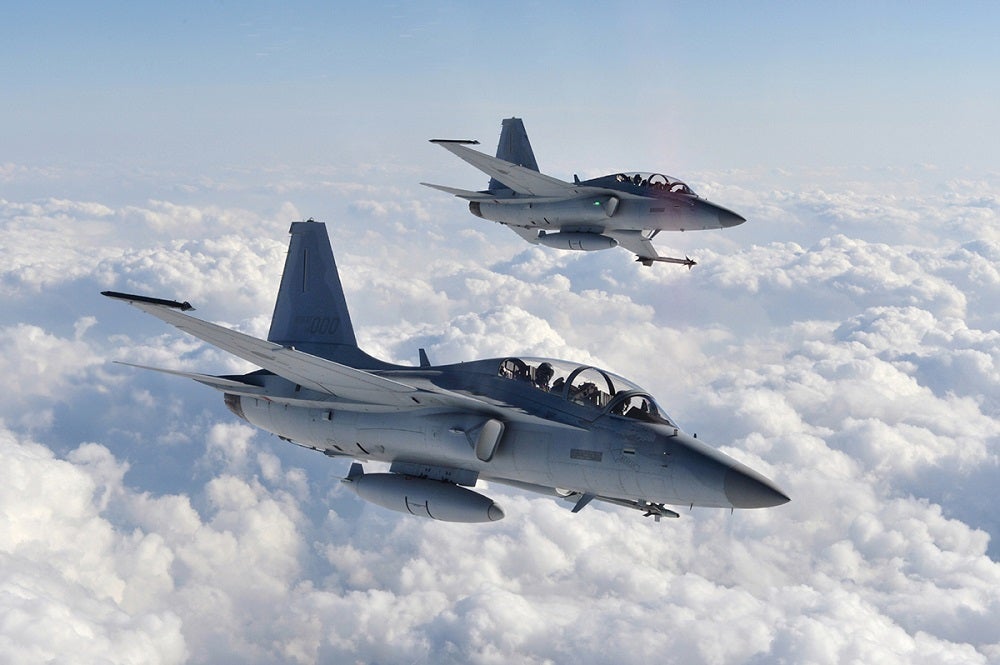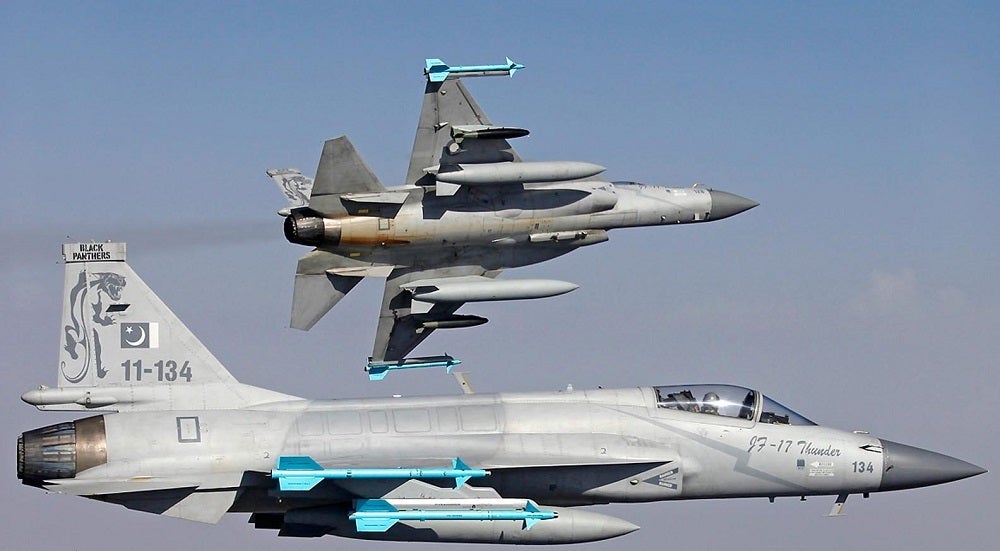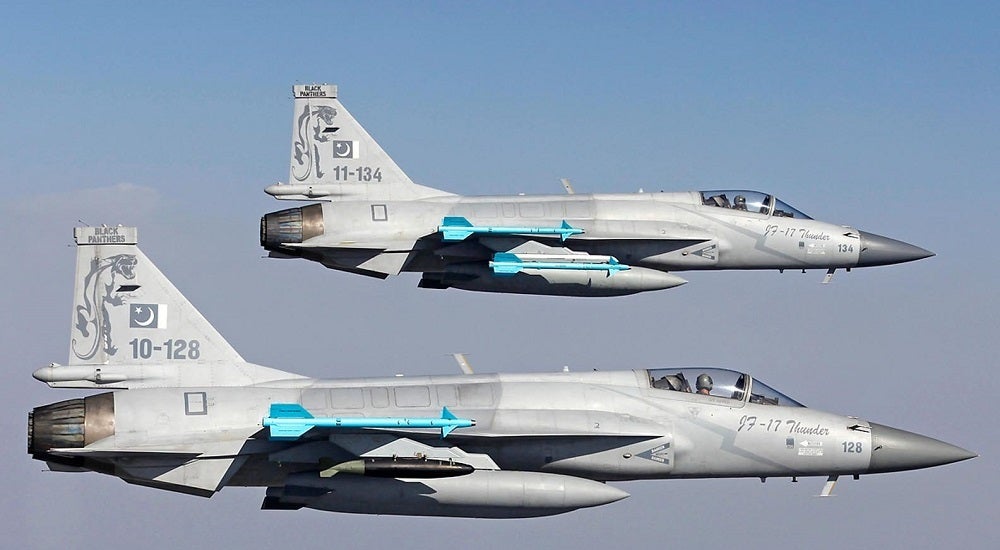Argentine Air Force Contemplates China/Pakistan JF-17 Fighters Once Again
In a recent interview with the Pucará Defense blog, Chief of the General Staff of the Argentine Air Force, Brigadier Xavier Isaac, said that the recent veto by the British of the Fuerza Aérea Argentina’s (FAA – Argentine Air Force) purchase of Korean FA-50 light fighters meant that the Argentines were again looking at buying the Chinese/Pakistan JF-17 multirole fighter.
The FAA has had a long and troubled history of trying to reequip its fleet with modern combat aircraft. After the 1982 Falklands War between Argentina and the UK, the FAA found that it had lost a considerable amount of its combat strength.
This situation was partially remedied by the acquisition of refurbished A-4AR Fightinghawks from the United States in 1998, but by the 2010s the need for new aircraft was critical. The FAA initially hoped to buy F1 Mirages being retired by the Spanish Air Force, but funding and technical issues prevented the sale.
The Argentines then looked at the Saab Gripen, Russian MIG-29/35, the Chinese JF-17 and the Israeli Kfir Block-60, Ultimately, funding remained a problem and the FAA withered away to almost complete non-effectiveness. The A-4s have gradually been grounded due to age and lack of parts and the FAA has become a shadow force with only a few flying aircraft of any sort.
In 2019, it was announced that talks were taking place for the possible purchase of the FA-50. One of the new class of supersonic trainers/light combat aircraft, it the FA-50 looked an ideal candidate for the FAA to begin rebuilding itself as a modern air force.

Unfortunately, the FA-50 uses several components built in Britain, which still maintains an arms embargo against Argentine because of the ongoing dispute over the Falklands. Unable to guarantee they would be allowed to supply the aircraft, manufacturer KIA had to withdraw their offer to the FAA. This issue will almost certainly present a problem with acquiring practically any western design, which largely use British components and systems somewhere in their construction.
The FAA is therefore once again looking at the Chinese fighter, though they admit it is a difficult decision. In his interview, Brig. Isaac states that adopting an “eastern” fighter ties the FAA to that supplier much closer than would be preferred.
However, if no western supplier is able to provide an aircraft then, as Brig. Issac says:
“…it is not even wanting to change philosophy, it is being practical. And we need at least fourth-generation fighter jets. If it has to come from China it will come from China. At least with this Ministry of Defense and with this government there is no problem.”
The model that the FAA is interested in is the JF-17 Block 3. Though confirmed details are difficult to come by, this model has an advanced active electronically scanned array (AESA) radar and the potential to carry a formidable weapons load out.

It’s also possible that the public musings are a message to the United States. Recently, the Pentagon expressed alarm at how Chinese influence was spreading through Latin America. If Argentina sees no other option than to go with the JF-17, this opens the door to a major country in South America drifting into China’s sphere of influence. To prevent that, the U.S. may have to intervene, either providing aircraft itself or clearing the way for the UK to not impede any acquisition of a Western aircraft.

